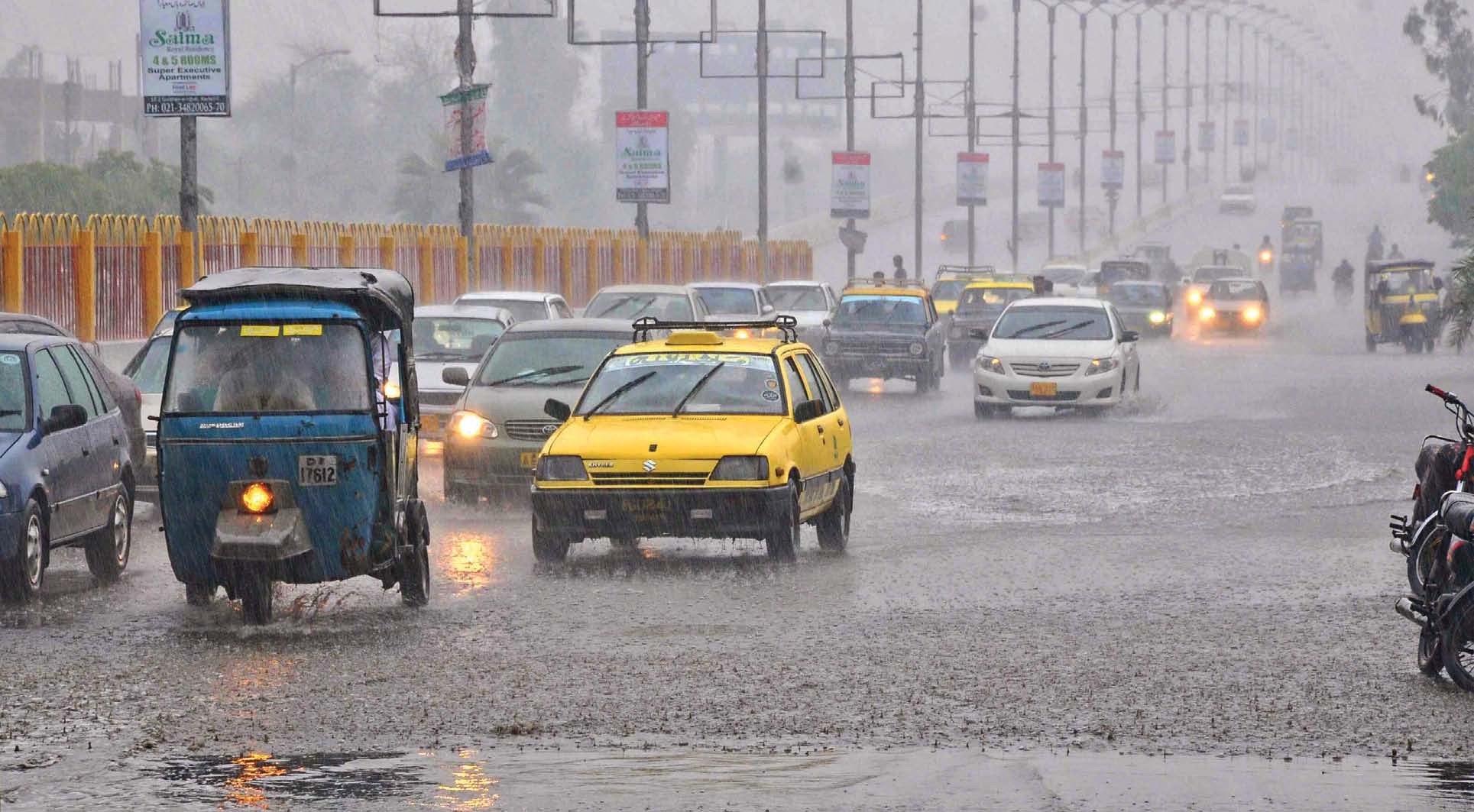
An early start of the monsoon season with forecast of above-normal rainfall and precipitation posed a serious threat to the agriculture sector, including crop inundation and urban flooding risk in the megacities of the country, experts warned on Sunday
“Monsoon usually begins at the start of July every year; however, it started on June 27-28 in Pakistan this year,” a senior official of the National Disaster Management Authority (NDMA) told APP, while elaborating on the prevailing season in the region with its increasing intensity every year.
The official said the Pakistan was the fifth most vulnerable country susceptible to the impacts of climate change. “Northern areas, including K-P [Khyber-Pakhtunkhwa] and G-B [Gilgit-Baltistan], as well as Balochistan, are more at risk of climate-change-induced hazards because of their geography.”
According to the National Emergencies Operations Centre’s (NEOC) projections, cities like Lahore, Rawalpindi, Faisalabad, and Gujranwala in Punjab, frequently experienced urban flooding, while Peshawar, Swat, Abbottabad, Dir, Manshera, and Kohistan, in K-P faced flash floods and landslide.
Upper Sindh’s cities, like Sukkur and Larkana, Karachi, Hyderabad, etc, could experience heavy rains and flooding. In Balochistan, the northeast and eastern parts of the province would be susceptible to flash floods and Dera Ghazi Khan’s hill torrents.
G-B and Azad Jammu and Kashmir (AJK) would be prone to landslide and disruptions due to heavy rainfall, the official said, adding the AJK areas like Muzaffarabad would be at risk of flash floods and infrastructure damage.
Over the past two decades, climate change intensified monsoon, causing more erratic and extreme rainfall patterns, with increased instances of both severe droughts and floods. Deforestation and urbanisation had also disrupted natural drainage systems.
“Erratic rain patterns can disrupt the agricultural calendar, delaying planting and harvesting times, which can reduce crop quality and yield. Increased humidity and standing water create favourable conditions for pests and diseases, further harming crops,” the NDMA official warned.
























COMMENTS
Comments are moderated and generally will be posted if they are on-topic and not abusive.
For more information, please see our Comments FAQ